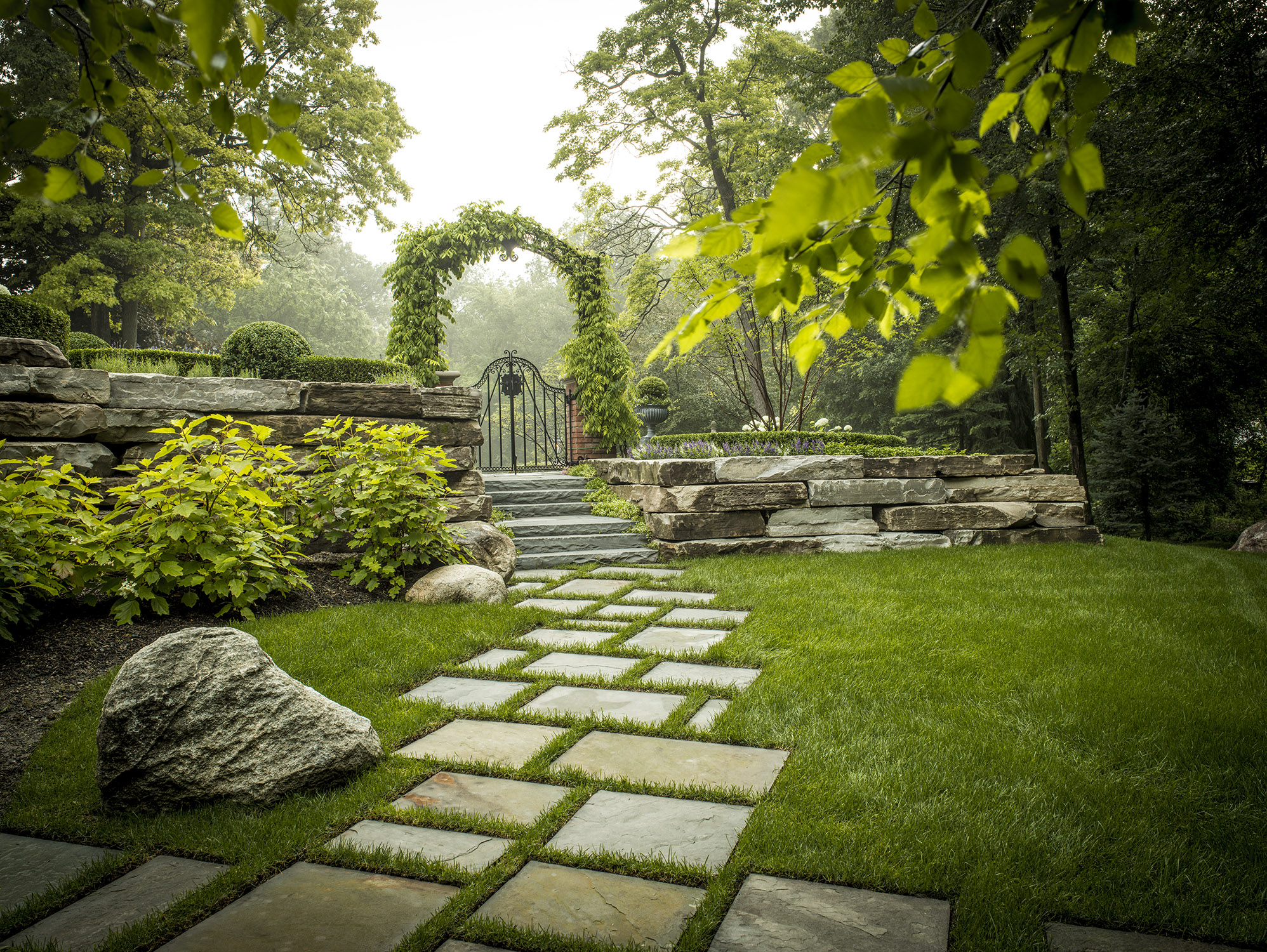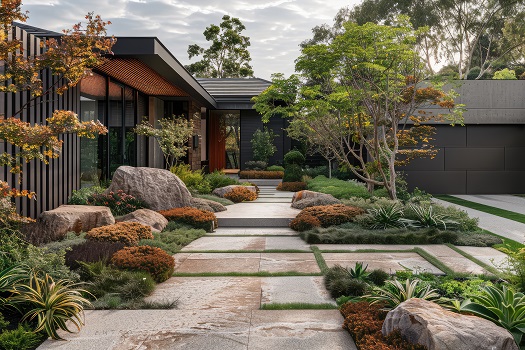Rumored Buzz on Hilton Head Landscapes
Table of ContentsThe Ultimate Guide To Hilton Head LandscapesHilton Head Landscapes Fundamentals ExplainedSome Ideas on Hilton Head Landscapes You Need To KnowMore About Hilton Head LandscapesEverything about Hilton Head LandscapesHilton Head Landscapes Fundamentals ExplainedNot known Factual Statements About Hilton Head Landscapes
Line creates all kinds and patterns and can be utilized in a selection of means in the landscape. Line in the landscape is produced by the edge between 2 products, the outline or silhouette of a kind, or a lengthy linear function. Lines are a powerful device for the developer due to the fact that they can be utilized to create an unlimited selection of shapes and kinds, and they manage activity of the eye and the body.

Lines in the landscape. The residential or commercial properties of lines determine exactly how individuals respond to the landscape, both psychologically and physically.
Indicators on Hilton Head Landscapes You Should Know
Straight lines are frequently found in hardscape edges and material. Curved lines create an informal, natural, kicked back personality that is linked more with nature and asymmetrical equilibrium. Bent lines relocate the eye at a slower rate and add mystery to the space by producing covert views. Vertical lines move the eye up, making a space really feel bigger.
Upright lines in the landscape consist of tall, narrow plant material, such as trees, or high frameworks, such as an arbor or a bird home on a pole. Horizontal lines relocate the eye along the ground airplane and can make a room feel bigger. Reduced lines are much more suppressed and produce a feeling of rest or repose.
Not known Details About Hilton Head Landscapes
Low lines are created by low yard wall surfaces, sidewalks, and short bushes. Lines are utilized to attract types on a strategy. In plan sight, they define plant beds and hardscape areas. Lines are additionally created by the upright forms of developed attributes and plant material. There are three key line types that develop form in the landscape: bedlines, hardscape lines, and plant lines.
Bedlines connect plant material to the residence and hardscape because the eye adheres to the line, moving the look with the landscape. Hardscape lines are developed by the side of the hardscape, which defines the constructed structure. Line can also be produced by lengthy and narrow products, such as a fence or wall surface.
The Best Guide To Hilton Head Landscapes
Kind is discovered in both hardscape and plants, and it is typically the dominant visual aspect that spatially arranges the landscape and frequently establishes the design of the yard. The type of structures, plant beds, and garden accessories additionally identifies the general kind motif of the yard. Official, geometric kinds include circles, squares, and polygons.
Plants produce form in the yard via their lays out or silhouettes, however type can likewise be defined by a gap or adverse area between plants - landscape design hilton head (https://www.tumblr.com/h1tnhdlndscps/754928253939187712/family-owned-and-operated-hilton-head-landscapes?source=share). Circles can be cycles, or they can be separated into fifty percent circles or circle sectors and combined with lines to develop arcs and tangents
Some Known Incorrect Statements About Hilton Head Landscapes
Circles can additionally be stretched right into ovals and ellipses for more selection and rate of interest. Circles are a solid design form because the eye is constantly drawn to the center, which can be made use of to emphasize a focal point or link various other forms. Figure 2. Circular types in hardscape and lawn panels.
The square form can additionally be segmented and used continuously to develop a grid pattern. Unlike circles, squares are more powerful on the sides, which can be lined up or overlapped to develop one-of-a-kind patterns and even more intricate types.
Meandering lines frequently imitate the natural course of rivers or streams and can be called smooth lines with deeply bent undulations. Twisting lines (Number 3) function well for pathways, plant bedlines, and completely dry stream beds. Twisting lines can add interest and secret to a garden by leading pop over to this web-site audiences around edges to uncover brand-new views and rooms.
Getting My Hilton Head Landscapes To Work

Number 5. Fragmented sides: stepping stones in path. Kind is the most enduring high quality of a plant (landscapers in bluffton sc). https://www.edocr.com/v/n3mz8xkl/stevenagonzales/hilton-head-landscapes. Typical plant types are well developed and standard, as kind is the most consistent and well-known quality of plants. Form can also be produced through the massing of plants, where the overall mass creates a various type than a private plant.
An extremely contrasting kind needs to be made use of with careone or more work well as a centerpiece, yet way too many develop disorder. Natural plant forms, instead than over-trimmed kinds, must establish the mass of the structure. The importance of general kind is essentially based on the checking out perspectivethe type of a tree can show up quite different to a person standing under the canopy versus viewing the tree from a range in an open area.
6 Easy Facts About Hilton Head Landscapes Explained
Plant kinds additionally create and define deep space or open spaces in between the plants, creating either convex or concave forms in deep spaces. High-arching tree branches typically develop a concave open room under the branches, and a rounded canopy with low branches fills up the space to develop a convex form in the open room under the tree.
